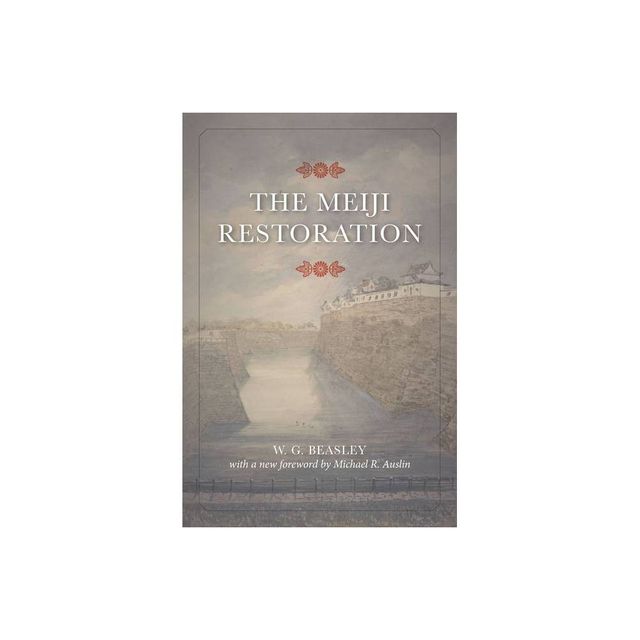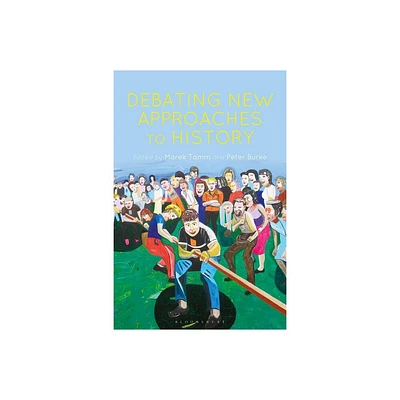Home
Revisiting Japan's Restoration: New Approaches to the Study of Meiji Transformation
Loading Inventory...
Barnes and Noble
Revisiting Japan's Restoration: New Approaches to the Study of Meiji Transformation
Current price: $180.00


Barnes and Noble
Revisiting Japan's Restoration: New Approaches to the Study of Meiji Transformation
Current price: $180.00
Loading Inventory...
Size: Hardcover
*Product Information may vary - to confirm product availability, pricing, and additional information please contact Barnes and Noble
This volume presents the reader with thirty-one short chapters that capture an exciting new moment in the study of the Meiji Restoration. The chapters offer a kaleidoscope of approaches and interpretations of the Restoration that showcase the strengths of the most recent interpretative trends in history writing on Japan while simultaneously offering new research pathways.
On a scale probably never before seen in the study of the Restoration outside Japan, the short chapters in this volume reveal unique aspects of the transformative event and process not previously explored in previous research. They do this in three core ways: through selecting and deploying different time frames in their historical analysis; by creative experimentation with different spatial units through which to ascertain historical experience; and by innovative selection of unique and highly original topics for analysis. The volume offers students and teachers of Japanese history, modern history, and East Asian studies an important resource for coming to grips with the multifaceted nature of Japan’s nineteenth-century transformation.
The volume will also have broader appeal to scholars working in fields such as early modern/modern world history, global history, Asian modernities, gender studies, economic history, and postcolonial studies.
On a scale probably never before seen in the study of the Restoration outside Japan, the short chapters in this volume reveal unique aspects of the transformative event and process not previously explored in previous research. They do this in three core ways: through selecting and deploying different time frames in their historical analysis; by creative experimentation with different spatial units through which to ascertain historical experience; and by innovative selection of unique and highly original topics for analysis. The volume offers students and teachers of Japanese history, modern history, and East Asian studies an important resource for coming to grips with the multifaceted nature of Japan’s nineteenth-century transformation.
The volume will also have broader appeal to scholars working in fields such as early modern/modern world history, global history, Asian modernities, gender studies, economic history, and postcolonial studies.


















